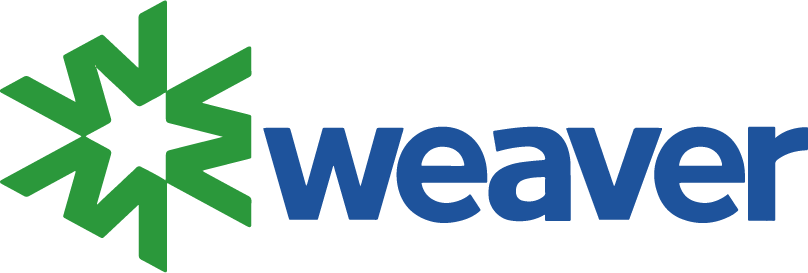Automotive
Facilitates feedback and optimisation to create a virtuous cycle of knowledge innovation in production and R&D.

Background
The automotive industry has a high degree of maturity, adopting large-scale, standardised assembly line production, a relatively stable consumer market and mature production technology.
However, in recent years, the market development is declining, coupled with the energy transformation, the automotive industry for innovation requirements are increasingly high, R&D design has become the primary link of automotive manufacturing, and the application of new technology has become necessary to sustain the industry’s leading edge.
As a result, the automotive industry has become increasingly demanding in terms of document and knowledge management.
Industry key requirements
- Knowledge asset management. A unified management of quality system documents, collection and accumulation of practical cases, training materials in the production process.
- Knowledge application. Providing knowledge support services around core business operations of the automotive industry (R&D, project, marketing, supplier and personnel training).
- Document search. Supporting employees to search for documents independently, using keywords, labels, authors and other conditional combinations to precisely locate the required knowledge content or documents.
- Employee self-learning (ESS). Provide different types of knowledge resources and documents according to employees’ roles and positions.
- System integration. The knowledge management system needs to be integrated with relevant business systems to connect both upstream and downstream operations.
Solutions
After implementing Weaver document management system, it provides general solutions in the following areas:
1. Unified document library. Centralised management of R&D results, project results, external information, supplier knowledge and more. Allow the organisation to categorise, label and assign permissions according to business needs.
2. Knowledge map. Graphical or list collection of knowledge to illustrate key business scenarios.
3. Community. Build a knowledge community around different topics to facilitate daily communication and interaction among employees.
5. Integrated search engine. Enables effective and accurate search for documents or knowledge from different systems.
6. Contribution mechanism support. Encourage the flow and application of knowledge at work through contribution ranking.
